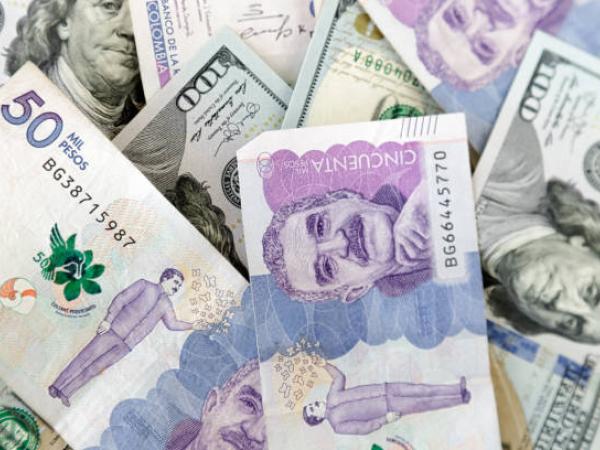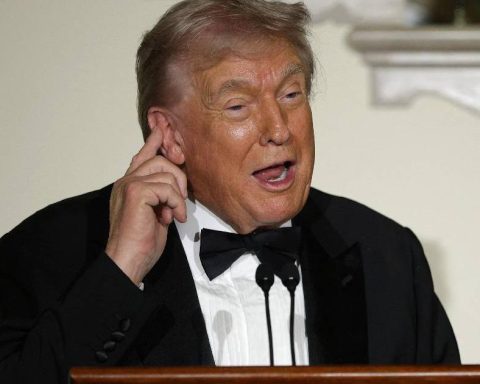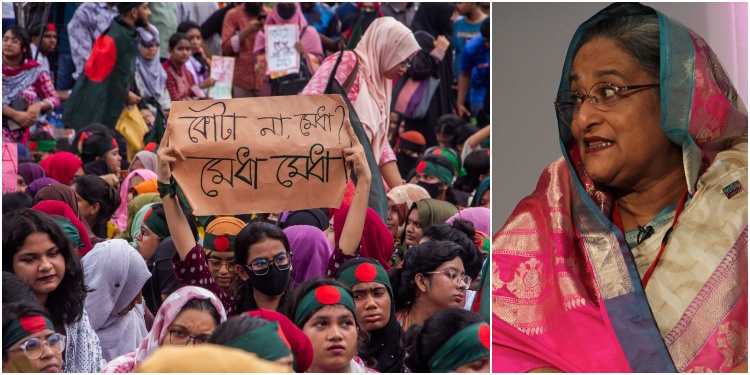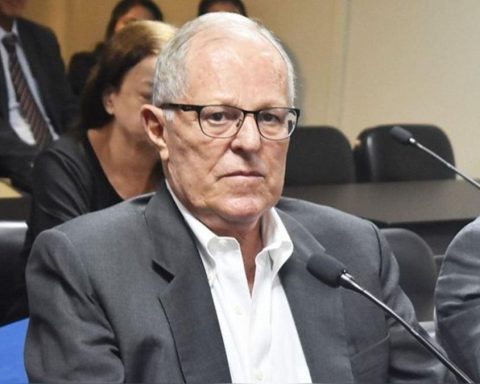Foreign exchange intervention is a controversial topic among economists and financiers. Some argue that its effects on the exchange rate are strong and sustained, affecting exporters, importers, investors, companies and households with debts or savings in foreign currency. Others believe that its effects are temporary or null and that its implementation is costly.
(Further: How effective is foreign exchange intervention and when is it justified?).
The why and the how: motivation and mechanisms
Since 1999, when exchange rate bands were abandoned in Colombia, The intervention does not seek to limit exchange rate flexibility or set a specific exchange rate level, but rather to complement the target inflation scheme.In this context, the Bank of the Republic intervenes to: (i) increase international reserves, (ii) mitigate movements not reflected in the fundamentals of the economy, and (iii) moderate excessive deviations to avoid disorderly behavior in financial markets.
This episode also coincided with the end of the Southeast Asian currency crises and with some crises in Latin America such as the 2001 corralito in Argentina. Events such as the global financial crisis (2008-2009), the inclusion of Colombia in the JP Morgan GBI index (2014), The collapse of oil prices (2014) and the pandemic (2020) also influenced the exchange rate.
We highlight two key aspects of this process. First, transparency in foreign exchange intervention has increased over time. For example, starting in 2008, quotas and approved amounts began to be published on the day of the intervention, in addition to making public in advance the deadline, date of the call and conditions of the exercise.
(Read: What is the proposal to intervene in the dollar to control volatility?).
The second aspect is the gradual accumulation of more than 40 billion dollars in international reserves during the period 1999-2024. This has allowed us to have adequate levels of reserves and, consequently, to be prepared for face negative shocks such as possible capital outflows, deterioration in the terms of trade and global financial crises.
Exchange rate
iStock
Is foreign exchange intervention effective?
The literature shows a mixed stance, with a leaning towards significant short-term effects. (around one month), consistent with the objective of reducing excessive movements. We highlight the work of Arango, Menkhoff, Rodríguez-Novoa and Villamizar-Villegas (2020), which has the largest compilation (meta-analysis) of empirical works on foreign exchange intervention in the world.
We mention two important findings, which arise from almost 300 effects, 19 countries and 5 decades:
Purchases (sales) of $1 billion lead to depreciations (appreciations) of 1% and a reduction in exchange rate volatility of 0.6%.
Effectiveness is greater in developing countries (such as Colombia) and when it is implemented sporadically and on a large scale.
(See: The first credit card: this is how the tool that transformed finances was born).
Recent literature, on the other hand, points to greater effectiveness when uncertainty about the future exchange rate is greater (avoiding speculative attacks) and when the Bank enjoys greater credibility.
Foreign exchange intervention is an important tool (although not a first-instance one) that the Bank of the Republic has at its disposal.
When is foreign exchange intervention justified?
Sufficient reasons for intervention include a significant deterioration in market liquidity, especially in spot and forward markets, but also in several markets as a whole (including the money market and public debt markets). This happened, for example, at the beginning of the pandemic.
In contrast, a sufficient reason not to intervene It consists of highlighting exchange rate volatility generated by the country’s own vulnerabilities. (which is different from an imbalance generated by terms of trade or global risks). These episodes are generally accompanied by a marked tendency towards depreciation and would require a monumental adjustment of international reserves to stop them.
What are the costs of foreign exchange intervention?
The biggest cost has to do with the potential loss of credibility of the Bank if the intervention is perceived as unsuccessful. This is particularly challenging in times where, for example, The Bank buys dollars (with the intention of depreciating the currency) and the exchange rate appreciates, but it appreciates less than it would have without the intervention.
(Further: Dollar, inflation and GDP: where are the projections for the end of 2024?).
Another cost is that it is too ambitious. That is, if a central bank simultaneously aims to have autonomy over its policy rate, allow free capital movement and affect the exchange rate, then it may not deliver what it promises.
A third cost has to do with a moral hazard problem. If every time there are problems (such as high volatility, loss of value in the currency, etc.) the Bank intervenes, then there is less incentive on the part of agents to cover themselves or, in the case of the government, to maintain greater fiscal discipline. That is, The exchange rate not only acts as an equilibrium price in many markets, but also as a thermometer for the economy.

Exchange rate
iStock
Conclusion
Foreign exchange intervention is an important tool (although not a first-instance one) that the Bank has at its disposal.. The mere fact of having it available reduces the probability of having to use it, since it transmits a signal of confidence to the market; that is, a signal that the Bank will act and support the currency in times of emergency if required.
MAURICIO VILLAMIZAR VILLEGAS AND BIBIANA TABOADA ARANGO
Co-directors of the Bank of the Republic
*The opinions in this text do not commit the Bank of the Republic or its Board of Directors.
A more extensive version of this article can be found at: https://www.banrep.gov.co/sites/default/files/publicaciones/archivos/nota-mitos-vale-pena-intervencion.pdf















